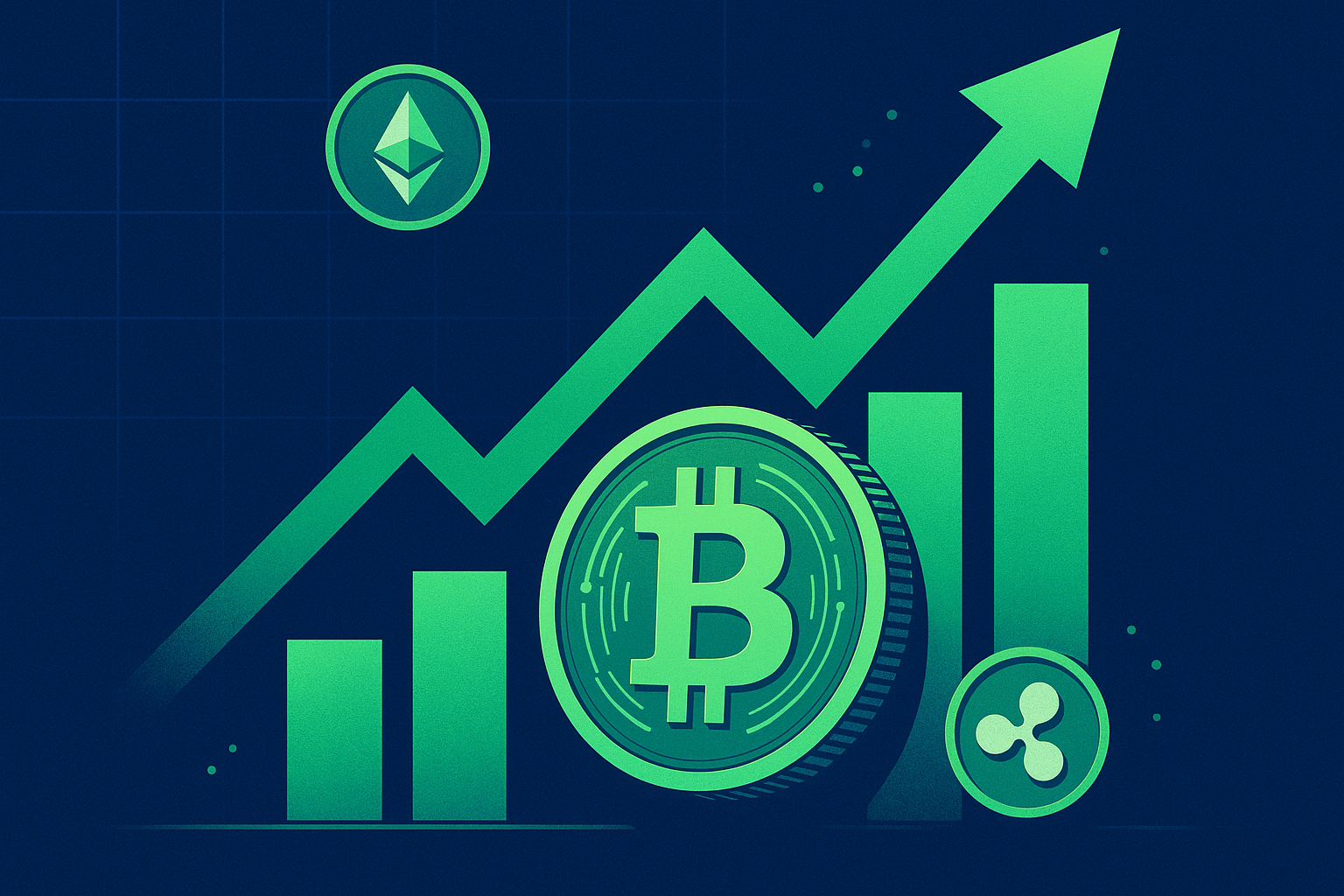Trust me, the crowd is late on this one.
Here's What Actually Happened
While crypto Twitter was busy debating whether July’s CPI print was bullish or just less bearish, an Israel-linked hacktivist crew calling itself Gonjeshke Darande waltzed off with about $97.8 million worth of coins from Tehran-based Nobitex. The smash-and-grab went down at 03:14 UTC on July 18, right when liquidity on the BTC–USDT pair was paper-thin. Classic.
I’ve noticed these guys didn’t even bother with slow-drip exploits. They went full scorched-earth: drained Nobitex’s hot wallets—mostly USDT on Tron plus a chunk of BTC—then bounced funds through a daisy chain of Swft, ChangeNOW, and some sketchy Binance Smart Chain pools before parking about $12 million in Tornado Cash. Old-school mixers still have their charm, I guess.
So Why Weren't We Surprised?
From where we sit on the trading floor, this move was inevitable. Back in May I flagged an abnormal spike in outbound ERC-20 test transactions from Nobitex wallets—tiny dust amounts, two-thirds of them routed to addresses we’d already tagged as Gonjeshke reconnaissance wallets in Chainalysis Reactor. Nobody wanted to hear it because the exchange kept slinging juicy 8% USDT yields to retail.
Now here’s the interesting part: Iran’s ICT ministry slapped a nationwide 48-hour curfew on all domestic crypto platforms right after the exploit. OTC dealers in Tehran’s Ferdowsi Square went radio-silent. Meanwhile, BTC-IRT on local P2P boards briefly wicked to ₮2.1 billion—about a 15% premium over the wider market. You could almost taste the panic.
War Stories from the Pit
I remember the KuCoin 2020 hack when we front-ran the market by shorting KCS the minute the exploit wallet leaked. This time was different. Liquidity for Iranian tokens like IRTt is so shallow that opening size would’ve blown slippage to the moon. Instead we scalped ETH gas tokens—because every large hack juices gas fees as mixers light up—and banked a lazy 4.3% on WETH-ETH basis trades. Not glamorous, but risk-off money still spends.
Tangential thought: whenever hack money flows through Tron, USDT-TRC20 redemptions on Bitfinex spike. I can’t prove causality, but the correlation keeps showing up. Something for the quants to chew on.
Why This Matters for Your Portfolio
First, security premiums are back in play. DeFi insurance names like COVER (yes, the zombie token) and InsurAce tacked on 11-15% the day news broke. I wouldn’t chase, yet I think the rotation into “security theatre” narratives has legs—especially if the U.S. Treasury keeps looking the other way on sanctioned jurisdictions sneaking into crypto rails.
Second, regional fragmentation is getting real. Iranian traders, already cut off from most major CEXs, leaned harder into local liquidity pools on JulySwap and a shadowy PancakeSwap fork dubbed AzadiSwap. Watch those AMMs for inflated APYs; when trapped capital meets yield farming, rugs flourish.
The Political Overhang No One Wants to Talk About
I keep hearing that Gonjeshke is just flexing cyber-ops muscle, but in my experience hacktivist moves this clean blur fast into state-sponsored activity. Remember the Lazarus–Ronin bridge fiasco? Same playbook: hit a centralized choke point, funnel through easy mixers, then let retail eat the loss.
Iranian regulators are now flirting with a blanket ban on non-custodial wallets during “emergency periods.” If that wording makes it into law, MetaMask connections out of Tehran could literally become a felony overnight. That’s not FUD; that’s a leaked draft from the Central Bank of Iran’s FinTech office making its rounds on Persian Telegram groups.
Where the Smart Money Is Leaning
Options desks we chat with at QCP and Paradigm sold a wave of BTC weekly calls at $31.5k right after the Nobitex news, betting the hack would drive a flight to USD—not to digital gold. So far they’re printing; BTC keeps getting slapped below $30k every time funding turns positive.
I can’t shake the sense that we’ll see more region-specific hacks priced into basis spreads. If you’re holding size on smaller exchanges, tighten your counter-party risk. Hardware wallet or bust, folks.
Loose Ends and Open Questions
- Nobitex promises to reimburse users “in full,” but their cold wallets only show $41 million in combined assets. Where’s the rest coming from—insurance, treasury tokens, or a sovereign backstop?
- Only $37 million of the loot has moved post-mixer. Are the attackers waiting for the Tornado Cash dust to settle, or lining up off-chain OTC exits?
- Tether froze nothing so far. That’s unusual—USDT usually swing the ban-hammer within hours. Political hot potato?
I wish I had cleaner answers, but the chain is quiet and the desks that know aren’t talking.
Final Thoughts from the Floor
Look, hacks happen. What spooks me is the geopolitical aftertaste. Iran’s crypto scene is boxed in from sanctions on one side and now cyber warfare on the other. That’s a recipe for black-market premiums—and premiums tempt more bad actors. Round and round we go.
I’m staying nimble, hedged, and a little paranoid. You probably should too. Then again, in this market, paranoia is just another word for staying solvent.



